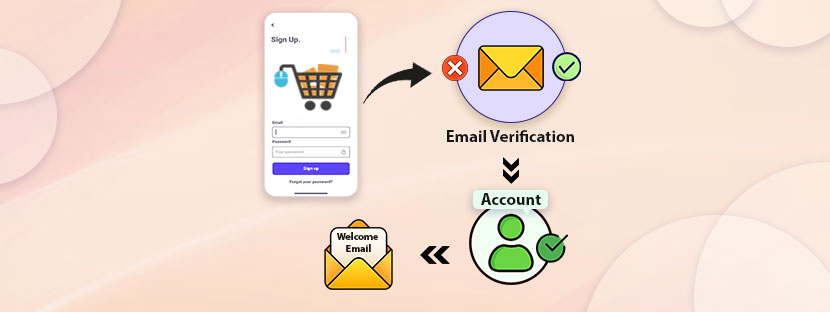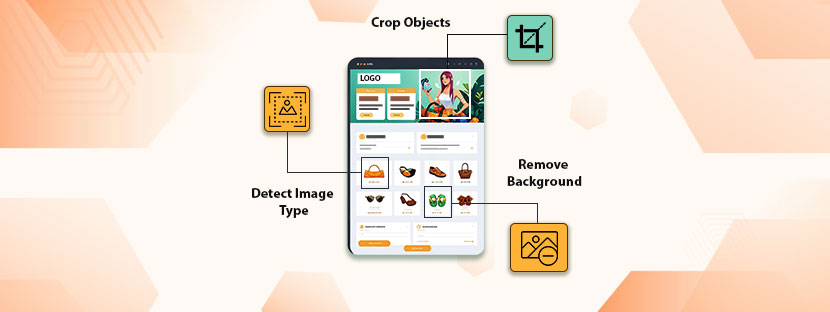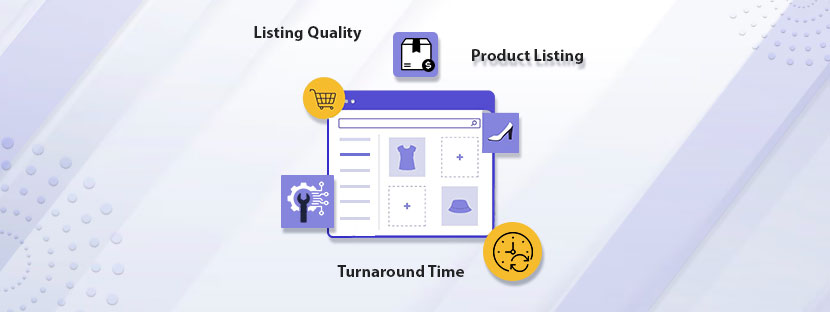In This Article
Don’t you want your products to get the most attention on e-platforms? Of course Yes. right? Well, you need to optimize eCommerce product information. That’s the key here.
Optimizing product information gives your products visibility on eCommerce platforms. Usually, it’s a technical process to make your product presentable for online customers. This process has a proper term: “product SEO.” If you do it accurately on your products, then you can gain exclusive benefits from it. Besides getting the product rank first, you can easily increase the selling volumes.
Setting the hype aside, let’s focus on optimizing eCommerce product information directly in this blog.
6 Steps to Optimize eCommerce Product Information

Get the Keyword in Hand
Finding and shortlisting the keywords for products is a huge time-driven task. First of all, you need to identify important terms that your potential customers are looking for. For this task, you can rely on tools like Google Keyword Planner or other paid tools. They can help up to a certain extent by providing you with relevant insights.
Now coming to the shortlisting part. Use the best of your human intelligence to pick suitable keywords for your products. Look for synonyms, seasonal terms, and questions that people have genuinely searched for. Adding those key terms to your product details improves product visibility.
Align the Titles and Description
Generate clear and concise titles for your product titles. Remember, titles are conversation starters. They can MAKE or BREAK the deals. A well-crafted title would include a keyword followed by a brand name or the fundamental quality of the product. The appearance of your title should look very interesting to catch your customers’ attention. It’s a simple trick to optimize eCommerce product information through titles.
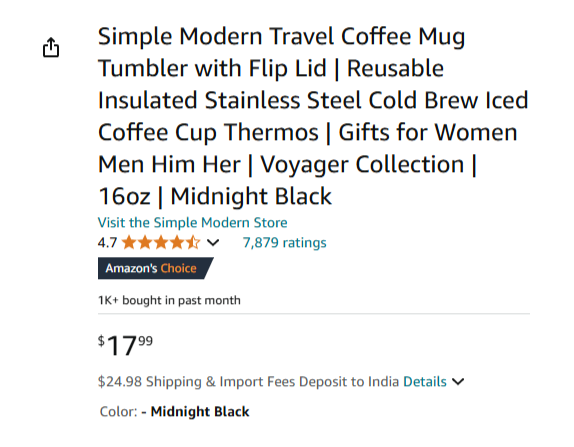
Some checks to consider while crafting the titles…
- Avoid using filler words in titles as well as in descriptions.
- Be conscious of word count. A title must not cross 60-70 characters at all.
- Use only simple phrases, which can be understood easily.
In the description, precisely write about the main product. Use a simple tone and quick-to-grasp information about the product to write it up. Following a specific structure for the description can help engage with potential buyers but you must think out of the box creations.
Highlight Essential Features
Detail every feature of the product one after another thoroughly and establish transparency with the product details.
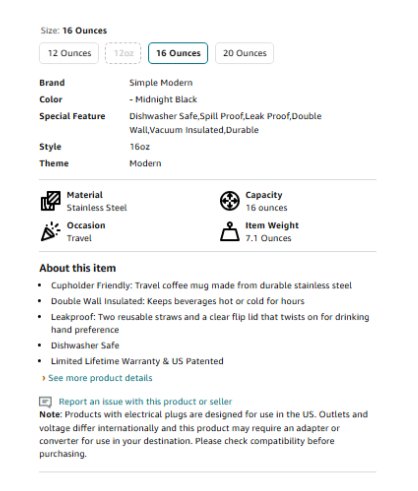
Use keywords while writing the features to shine it out across the eCommerce platforms. Consciously add the highlights of the products including the material type, size, functionality, price, availability, and other detailed information.
Make the description and functionality reader-friendly. It’s easy. Use a simple tone, add the most-searched words, and make it worthy of reading. The writing should reflect the trust to gain the trust.
Optimize Images
Visuals always steal the deal than the content, if worked correctly. Besides enhancing the aesthetics, the other most important function of product image is it can boost your traffic from Google Images. So, add HD-quality images to outshine your products from your competitors. To get your products standardized, you can follow these steps.

- Crop the Image Straight (The main content of the image must show up)
- Fix lights and filters of the image
- Apply color corrections
- Shadow manipulation
- Removing the background
- Compress to relevant sizes
All the images should reflect the actual product. If you are just in the product development stage then you must put that that information on the images.
Buiding a Digital Catalog to Optimize eCommerce Product Information
Keep in mind the SEO parameters while preparing the catalogs. It’s the best way to grow organic traffic to your product page. Here are some parameters;
Optimize Product MetaData
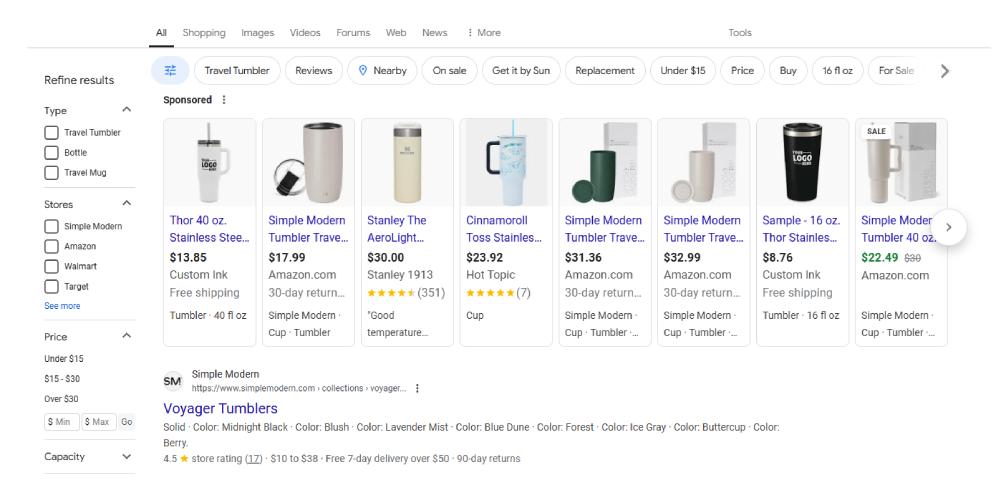
After adding the product description, image, and other things, now you have to add metadata to your products. Adding metadata to your products will provide visibility in the search results and gain organic traffic. It’s a little bit of technical SEO that you need to consider while putting metadata. Here are some rules you can follow for better outcomes.
- Craft a description within 150 to 160 characters and add keywords to it.
- Avoid keyword stuffing, use only one keyword or two, that are sufficient for a description.
- Utilize schema markup to put out relevant links directly in the snippet.
Measure your progress by checking the metrics on your dashboard. Generally, detailed and catchy content attracts and retains the audience’s attention. Craft and manage metadata correctly as it will bring qualified traffic to your product page.
Summary
Optimizing product data accurately can improve search rankings and boost organic traffic. But interestingly, adding all data one after another to the eCommerce platform can take up all your time. That’s a common reason why eCommerce sellers nowadays outsource eCommerce product data entry services. It helps them manage and optimize eCommerce product information on different platforms without bifurcating their focus from their core operations. Outsourcing companies usually hire eCommerce experts to help eCommerce sellers who are struggling with managing their products. So, explore outsourcing to stay ahead of your competitors.
If you need any help, feel free to reach us, we are your trusted outsourcing service provider and can definitely help you with your eCommerce product data.


